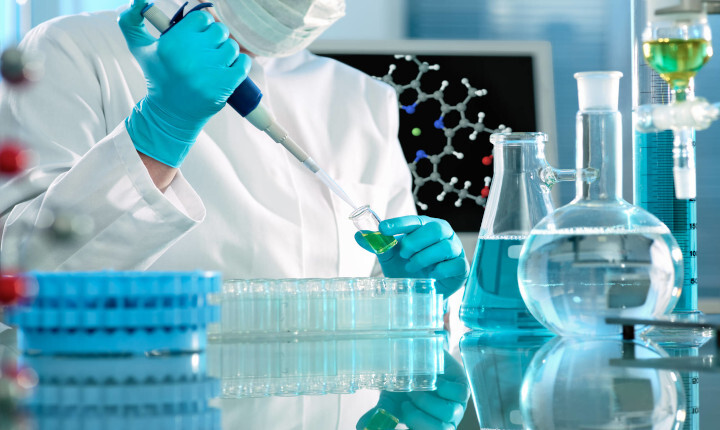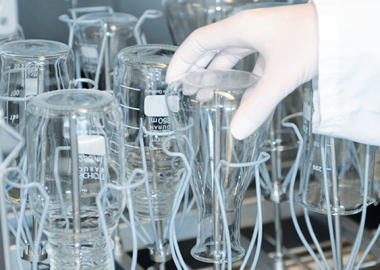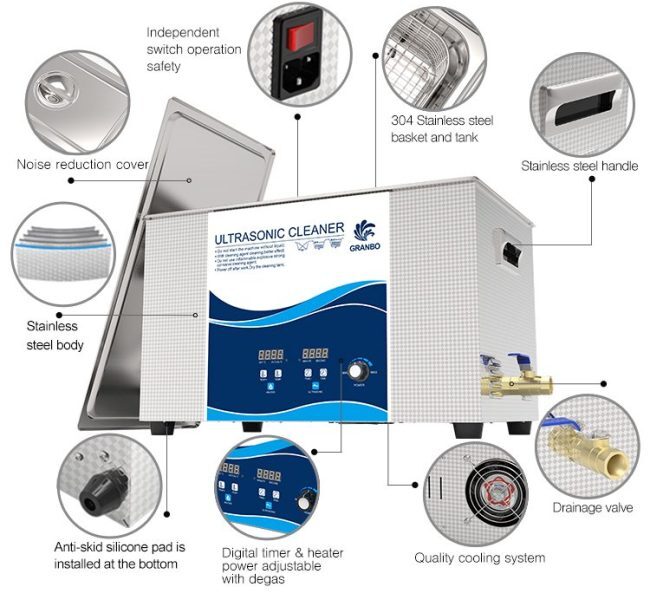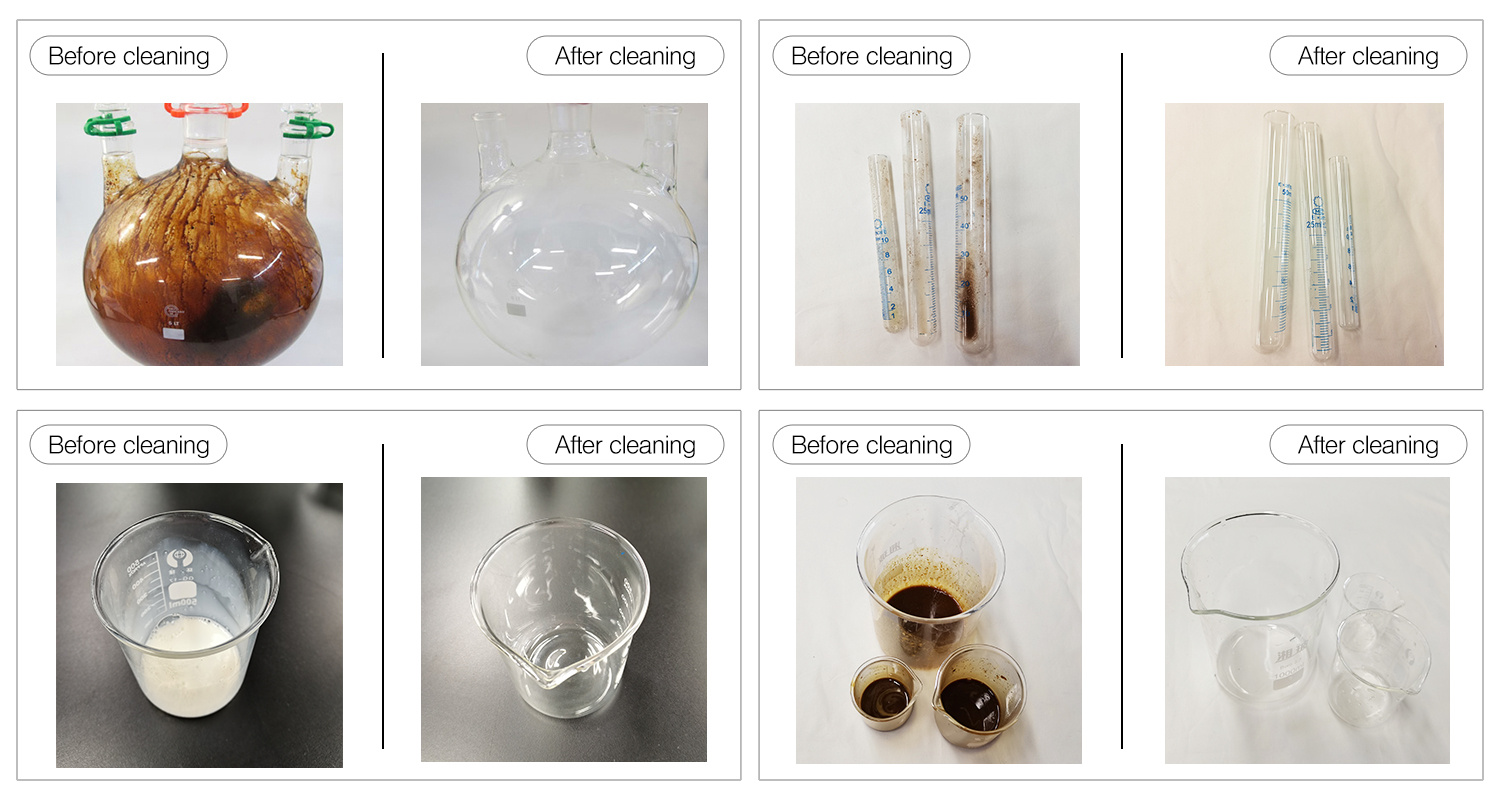Laboratory Glassware Descaling Solutions
Granbo Precision Instruments And Glassware Ultrasonic Cleaner
Benchtop Ultrasonic Cleaner - Household & Commercial
Granbo Precision Instruments And Glassware Ultrasonic Cleaner

In recent years, ultrasonic cleaning which is convenient and practical, has attracted more and more attention of scientific research, enterprises, efficient laboratory workers. The experimental glassware of the inner wall of the manual cleaning efficiency has not been high, laboratory ultrasonic cleaner is a good solution to this problem.
Laboratory ultrasonic cleaner can be used to clean any glassware, test tubes, beakers, parts or assemblies because of its ability to penetrate the inner wall of glassware and small crevices, small holes, dead ends and other characteristics. Ultrasonic cleaning is often in the cleaning parts for precision glassware, parts or assemblies, in order to achieve its special technical requirements of the only way to clean.
The standard ultrasonic cleaners adopt high-quality stainless steel plate with strong corrosion resistance and long lifespan, transducers with advanced connection stacking technology, high electroacoustic conversion efficiency, and strong ultrasonic output, also equipped with automatic constant temperature heating device.
Suit for various industries and objects cleaning, such as precision electronic parts, laboratory glassware, eyeglasses & clock parts, optical glass parts, hardware, jewelry, semiconductor silicon wafer, printer inkjet, medical instruments, and electroplate parts, etc.
Laboratory medical
Cleaning of glassware, centrifuge tubes and other consumables; degassing of liquid reagents; sample crushing, homogenization and dispersion.
Chemical and biological Industry
Cleaning, disinfection, and sterilization of chemical instruments and laboratory vessels. Assisted accelerate the emulsification, decomposition, and extraction.
Safely Removing Dirt
Biofilms, biologic buildup, scaly deposits, organic matter, microscopic bubbles, biological contaminants, microorganisms, infectious substances, dust particles, oils, stains, etc.
How it cleans
Mainly remove blood, gel, fingerprints, residues, proteins on glass containers.
Why Choose Ultrasonic Cleaner For Laboratory Glassware
Cleaning laboratory glassware such as flasks, graduated cylinders, burettes, pipettes, requires careful handling to avoid breakage. Lab glassware of complex shape is also difficult to clean.
Using an ultrasonic cleaner instead of manual washing and lab glassware washing machines not only can reduce breakage and associated replacement costs but also delivers a thorough cleaning job thanks to the power of cavitation action.
The secret to successful spot-free cleaning lab glassware depends on selecting the proper ultrasonic cleaner, establishing an effective cleaning cycle and choosing the correct cleaning solution formulation based on contaminants being removed. These are generally classified as acidic, basic, and neutral.

Granbo laboratory ultrasonic cleaner
Power Adjustable
20-80℃
1~30mins Adjustable
30L Tank capacity

Granbo GT1030
Capacity: 30L
Tank Size: 500x300x200 mm
Ultrasonic Power 0-600W adjustable
Transducer Quantity: 10 pcs
Heating power: 600W
Timer: digital 1~30mins adjustable
Heater: digital 20~80℃ adjustable
Ultrasonic Frequency: 40Khz and other customized options.
Cleaning solution: use tap water, industrial alcohol or special solvent for higher cleaning demand.
Circuit board: Industrial micro-controller chip, separately-excited trigger circuit, safe and stable for long time running.
Power supply: power cord adopts industrial level standards with heat-resistant and softed-resistant.
Digital degas: the new mode prevents oxidation of articles and improves cleaning efficiency.
Voltage: AC 100~120V, 60Hz; AC 220~240V, 50Hz
Tank material: durable resistance SUS304 stainless steel
The power supply and electric heater of the ultrasonic cleaning machine must have a good grounding device
Add an appropriate amount of water in the cleaning tank, the height of the liquid to be cleaned submerged parts shall prevail, generally not more than 3/4 of the cleaning tank.
Start the electric heating switch, and point the white scale on the water temperature adjusting knob to the suitable temperature (should be around 60°C).
When the water temperature rises to about 40°C, add the cleaning items into the cleaning tank.


